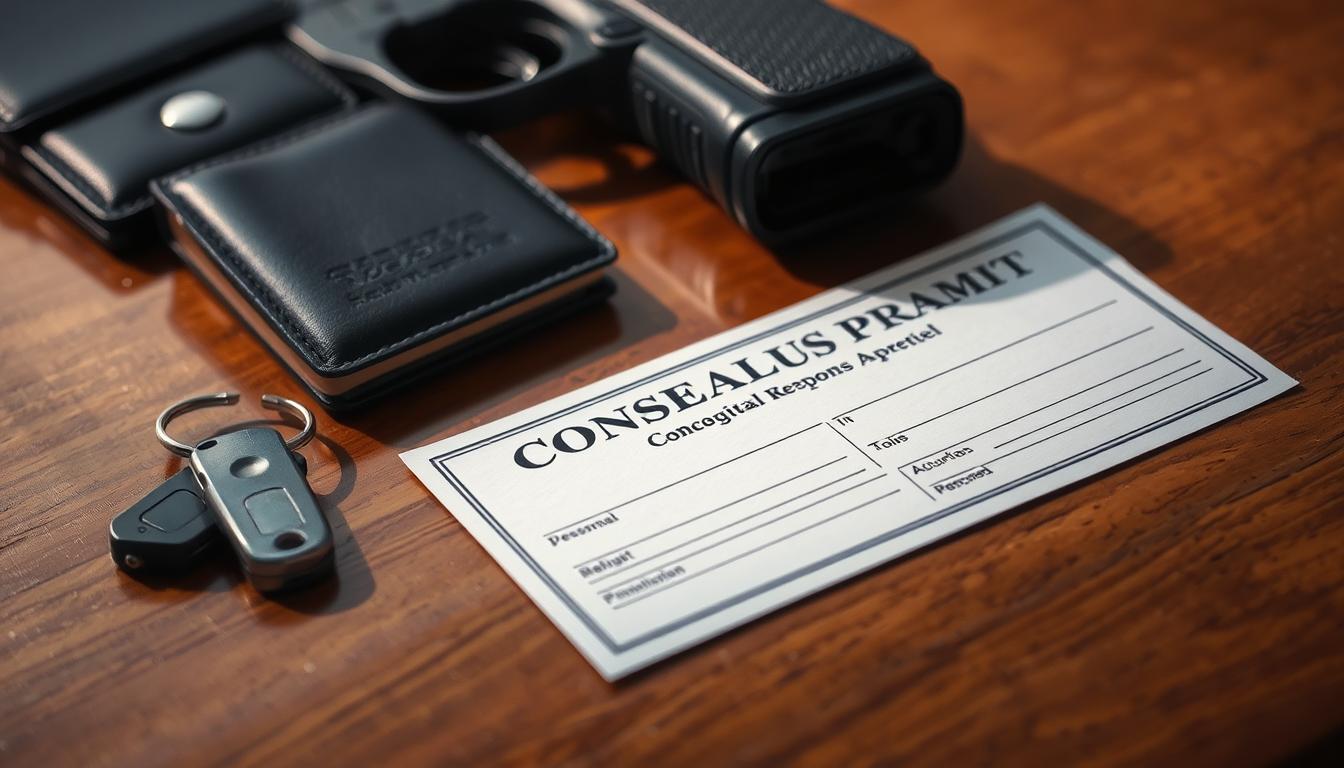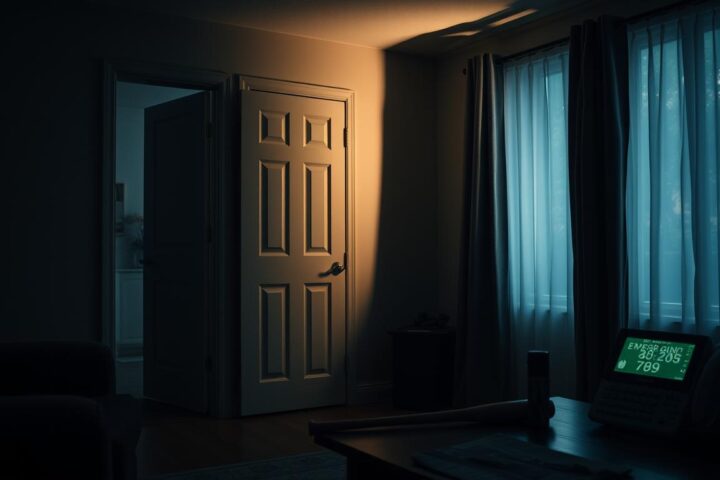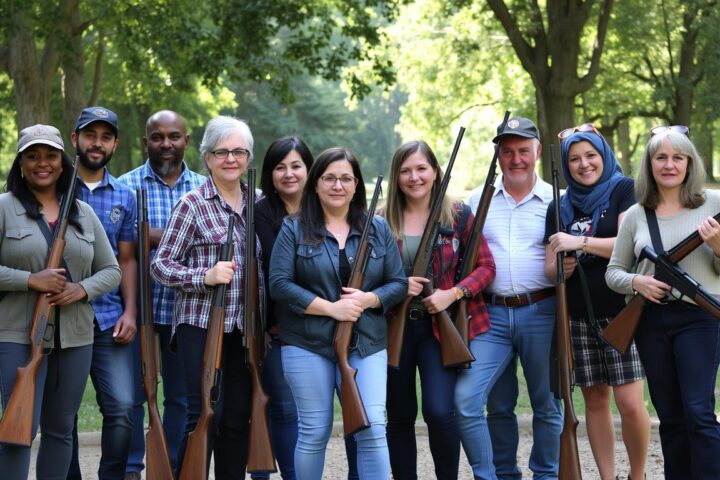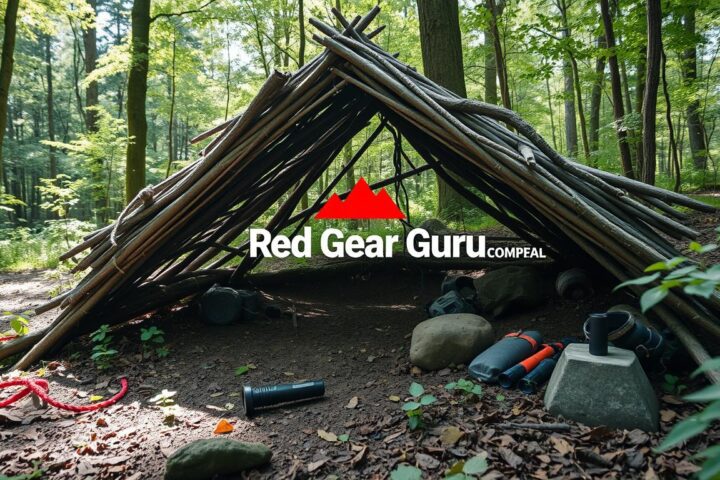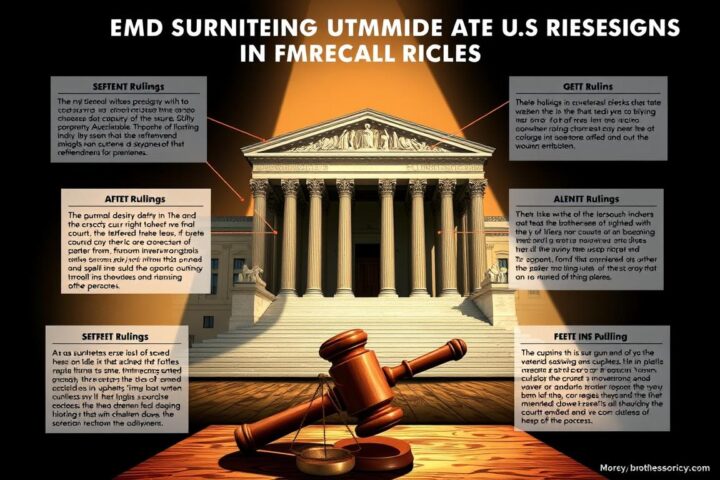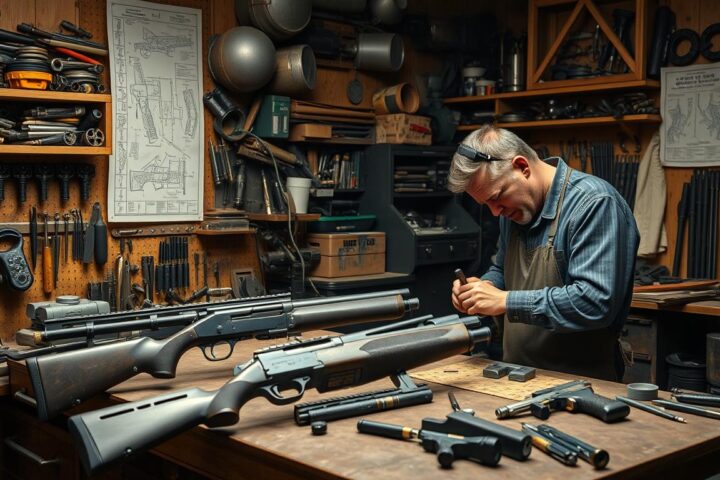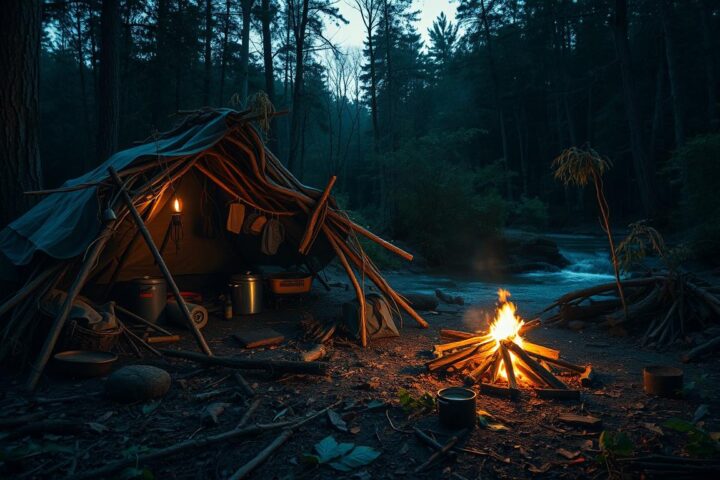In today’s world, keeping safe and defending oneself is more important than ever. The question of whether a concealed weapons permit can save your life is getting more attention. Since 1980, how we view carrying guns has changed a lot. Back then, 19 states didn’t allow carrying guns in public. Now, all 50 states have laws that let people carry guns, showing a big change in how we see gun rights.
To get a concealed weapons permit, you must meet strict legal requirements and go through training. This shows how serious it is. These permits help people feel safer and more protected. But, there’s still a debate about if the good things they do are worth the risks.
Men aged 18-55 who care about constitutional rights and being ready for survival might see carrying a gun as a good idea. They need to think about the benefits of carrying a gun against the possible downsides. This balance is key to understanding how concealed weapons permits work in real life and their impact on society.
Key Takeaways
- In 1980, 19 states prohibited concealed carry, while today all 50 states allow it in some form.
- Concealed weapons permits involve both legal authorization and significant responsibility.
- The Supreme Court ruled in favor of self-defense rights outside the home in 2022, affecting concealed carry laws.
- Firearm assaults have increased in states that relaxed concealed carry permit restrictions.
- By March 2024, the landscape of gun rights had greatly evolved, with 29 constitutional carry states and only two may-issue states remaining.
The Importance of Concealed Weapons Permits
Concealed weapons permits are key to protecting second amendment rights. They let citizens carry guns for their safety and their families’. Over 42 states in the U.S. have laws that allow this, covering 74% of the population. These permits help people use their constitutional rights wisely.
Having a concealed carry permit gives people a sense of power. More than 16 million Americans carry permits, showing a strong desire for self-defense. Most states have clear rules for getting these permits, making gun ownership more secure.
Studies link concealed carry laws to lower crime rates. For example, Florida’s law in 1987 led to a 23% drop in murders in five years. The Lott-Mustard study also found big drops in violent crimes after these laws were passed. This shows how permits help keep communities safe.
Concealed weapons permits also support individual freedoms. They show that protecting oneself is a big part of gun ownership. Getting a permit is not just about constitutional rights but also about keeping communities safe.
Real-Life Examples of Concealed Weapons Saving Lives
Concealed carry incidents show how important personal protection is. Many self-defense stories tell of gun owners stopping serious threats. During the pandemic, one in five American households bought a gun, showing a focus on safety (NORC at the University of Chicago, 2022).
An example is a civilian at a mall who stopped an active shooter. This prevented a tragic event.
In Florida, a concealed carry permit holder stopped a home invasion. The homeowner’s quick action with their gun saved their family. This shows the life-saving power of concealed carry.
Pew Research Center’s 2023 report found that most U.S. gun owners arm themselves for protection. In 2015, researchers said 3 million Americans carry loaded handguns every day. These stories of stopping assaults and robberies are common.
More than six in 10 Americans think guns make homes safer, a Gallup poll in 2014 showed. This supports the belief in concealed carry for personal protection.
To learn more about self-defense weapons, check out this comprehensive guide on choosing the right firearms.
Statistical Evidence Supporting Concealed Carry
A lot of studies show how concealed carry laws help keep communities safe. A key study by Lott and Mustard in 1997 found that states with these laws saw a drop in violent crimes. This includes murder, rape, and assault.
Between 1997 and 2004, the results were mixed. Some studies found fewer murders and rapes, but more assaults, robberies, and car thefts. The National Research Council and the Community Preventive Services Task Force couldn’t agree on the laws’ effectiveness. Early studies had problems with data and methods, making their findings seem too good to be true.
Later studies, from 2004 on, fixed these problems. They gave a clearer picture of how concealed carry laws affect crime. In total, 43 studies met strict standards, proving the laws’ positive impact.
States with strict gun laws have seen less gun violence. Keeping guns away from the wrong people is key to lowering crime rates. Also, about a third of Americans own a gun, mostly for self-defense.
Gun ownership varies by political views. Republicans are more likely to own a gun than Democrats. This shows different views on gun rights and safety. Most Americans think it’s too easy to get a gun legally, showing a need for balanced gun laws.
For more on this topic, check out the detailed analysis here. The evidence shows that responsible concealed carry laws help reduce violent crimes and make communities safer.
Gun Rights, Gun Safety, and Second Amendments
The Second Amendment is a hot topic, especially when talking about gun rights and safety. The 1977 NRA meeting, known as the “Revolt at Cincinnati,” was a turning point. Radical members took over, opposing safety rules. This showed the struggle between keeping constitutional rights and making sure everyone is safe.
The U.S. Supreme Court has been key in understanding gun rights. The 2008 case, District of Columbia v. Heller, said people have the right to own a handgun for self-defense at home. But, the court also said this right isn’t unlimited. Since then, courts have allowed some safety rules, balancing rights with safety.
Groups like the Giffords Law Center also play a big role. They fight for the rightness of gun safety laws. They’ve helped in many court cases, filing over 125 briefs to support reasonable rules.
Even with the NRA’s big spending to fight gun safety laws, courts keep saying no to extreme views. Justice Kavanaugh said in 2022 that things like background checks and training are okay. He said these are fair safety measures.
The “Second Amendment sanctuary” movement is also important. It’s where local leaders and sheriffs don’t follow some gun laws. This raises big safety concerns. The law keeps changing, and we’ll see more on how the Second Amendment is handled.
Potential Risks and Challenges of Carrying Concealed Weapons
Carrying concealed weapons comes with many risks and challenges. One big concern is understanding the legal side of things. The Supreme Court made a big decision in New York State Rifle & Pistol Association Inc. v. Bruen. This ruling changed the rules for carrying guns in public.
After this, over 450 court decisions looked into the legal details. It’s important to know the law well to avoid trouble.
Carrying a concealed weapon also raises big safety concerns. Many gun owners carry their weapons, which increases the risk of accidents. Courts have kept gun laws in place in about 88% of cases since Bruen.
Carrying a gun also affects your mind. It can cause stress and anxiety. The number of people with concealed-carry permits has almost doubled in the last nine years. It’s important to understand the mental side of carrying a gun.
In short, carrying concealed weapons is a big deal for personal freedom. But, it comes with legal, safety, and mental challenges. As laws change, these issues will stay important for gun owners to follow.
Training and Responsibility of Gun Owners
Being a gun owner is a big responsibility. It’s not just about having the right to carry a firearm. You need to know how to handle it safely and legally. Gun violence shows us how important it is to own guns responsibly.
It’s key to take safety courses to learn about guns. These courses teach you how to handle, store, and maintain firearms. They also cover the laws you need to follow, like the Brady Handgun Violence Prevention Act.
Groups like Gun Owners for Safety push for responsible gun ownership. They support laws that make sense and advocate for background checks. Their work shows the community’s commitment to safety and the Second Amendment.
The District of Columbia v. Heller decision in 2008 made it clear that self-defense is a main reason for owning guns. This decision emphasizes the need for ongoing education and training. By staying informed and trained, gun owners help keep society safe. It’s important for every gun owner to take safety courses to show they are responsible.
Impact of Concealed Weapons on Public Safety
The debate on concealed weapons and public safety is ongoing. It’s important to look at both sides. About one-quarter of Americans live in eight states, like New York, where getting a permit is tough.
The New York State Rifle & Pistol Association, Inc. v. Bruen case is key. The Supreme Court ruled 6-3 in favor of carrying guns in public. This ruling affects states like California, Hawaii, and New Jersey, making them rethink their laws.
Research shows that easy concealed carry laws might lead to more gun violence. This could make racial and mental health issues worse. More guns in public spaces are a big challenge for stopping crime.
Giffords claims that loose carry laws lead to more gun thefts. But, there’s no strong link between CCW holders and thefts. Court cases show that Second Amendment claims are often successful, which doesn’t greatly affect crime rates.
Policymakers should think about new ways to tackle gun laws. They might need to focus on laws about gun use rather than who can carry them. Finding the right balance between gun rights and public safety is hard.
Legislation and Regulation of Concealed Carry Permits
The world of gun control laws changes a lot and affects how concealed carry permits are handled in the U.S. States like California have strict rules about guns. They tell you what you can and can’t do with them.
In California, Governor Gavin Newsom has been very active. He signed over 20 new gun safety laws in 2023. These laws include making it illegal to carry a gun in public until you’re 21. They also make getting a concealed carry permit harder.
California also says you can’t carry a gun in 26 special places. This includes government buildings, schools, hospitals, and some places of worship. The Supreme Court makes sure new gun laws fit with old ones. This means it’s hard to ban guns in places like playgrounds and museums without legal trouble.
State laws also work with local rules and federal laws. This means different places have different rules for carrying guns. For example, some places might have stricter rules about keeping guns in cars.
California has very detailed rules for carrying guns in cars. You have to use a lockbox to keep your gun safe. This shows how California tries to keep everyone safe while still respecting the right to bear arms.
The debate over gun control is ongoing. It’s hard to find a balance between protecting Second Amendment rights and keeping people safe. As new laws come out, they will be tested in court. This shows how complex the relationship is between state, local, and federal laws on carrying concealed weapons.
The Role of Concealed Carry in Self-Defense
Concealed carry permits are key for personal safety, especially in dangerous situations. The 2008 District of Columbia v. Heller case confirmed the Second Amendment protects the right to bear arms for self-defense. Knowing self-defense laws is crucial for those with concealed weapons, ensuring they’re legally protected when faced with threats.
In strict states like California, Hawaii, Maryland, Massachusetts, and New Jersey, getting a permit is tough. The New York State Rifle & Pistol Association v. Bruen case showed how important legal views on self-defense are. Some think it makes things safer, but others, like New York City Mayor Eric Adams, fear it could lead to more gun violence.
However, twenty-five states let people carry concealed weapons in most places without a permit or training. This shows big differences in how states protect their citizens. The National Rifle Association sees these rulings as wins for constitutional rights, highlighting America’s gun rights history.
It’s important to know about self-defense laws and when it’s okay to use force. Whether defending oneself or others, having the right knowledge helps follow the law while keeping safe.
Challenges in Concealed Carry Permit Approval Process
Getting a concealed carry permit in the U.S. is a complex task. It involves a detailed background check to check if you’re eligible. In many places, there are many rules to follow. For example, in North Carolina, you must be 21 or older. In California, you need to finish a training course.
The waiting time for a permit can also vary a lot. “Permitless carry” laws have grown by three times in seven years. Yet, 25 states still require you to apply for a permit before carrying a concealed weapon.
One big challenge is getting your application denied. This can happen if you don’t meet certain criteria or if your background check shows issues. Some people who are denied try to argue it’s unfair. But, how successful they are depends on the state’s laws.
Research shows that more concealed carry permits can lead to more gun-related problems. For example, studies found that more CCWs from 2010 to 2017 were linked to more gun homicides later. Also, making it easier to carry guns can increase stolen guns and make illegal guns more available.
This debate shows how important it is for applicants to know the rules and challenges well. Being prepared can help you navigate the process better.
Comparing Concealed Carry Laws Across States
Understanding concealed carry laws can be complex due to state differences. This state gun laws comparison helps clarify these laws. Reciprocity agreements also play a role, allowing permit holders to carry in other states.
Twenty-six states have Constitutional Carry, removing the need for permits. Twenty-seven states have Stand Your Ground laws, allowing self-defense without retreating. These laws show how states protect self-defense rights differently.
About 22 states have rules on when deadly force is allowed. By January 1, 2024, ten states and D.C. banned certain guns and magazines. This shows how laws are changing gun ownership.
Nationally, 66% want the Supreme Court to protect gun rights outside the home. Sixty-two percent support carrying handguns with a permit. Nineteen percent support carrying without a permit, while 81% oppose it. These numbers show varied opinions on gun laws.
In states with “permitless concealed carry” laws, 28-34% support it. But 59-72% oppose it. A national poll shows only 19-20% support it, with 79-81% opposing. This highlights the preference for stricter gun laws.
In Wisconsin, 62-70% support licensed carry, while 16-20% support unlicensed carry. But 76-82% oppose unlicensed carry. Similar trends exist in other states, showing a divide in opinions on gun laws and safety.
Community Perspectives on Concealed Carry Permits
Concealed carry permits spark different opinions in the community. This helps us understand public views and their effects on society. People like law enforcement, advocacy groups, and regular citizens share their thoughts, creating a rich conversation about carrying guns.
Law enforcement sees concealed carry permits as a way for people to defend themselves responsibly. They believe that trained citizens can protect themselves and others. But, there’s worry about untrained or quick-acting people causing harm.
Advocacy groups have varied views. The NRA believes in the right to bear arms and sees permits as empowering citizens. On the other hand, gun control groups push for strict background checks and training. They want to reduce risks and keep society safe.
Regular people have different opinions based on where they live and their experiences. Those in rural and southern areas often support permits for protection. Polls show that many people agree with this view. But, in cities and areas hit by gun violence, there’s worry about more guns leading to more danger.
Statistics show interesting trends. A Pew Research Center survey found most Republicans support gun rights, while Democrats want stricter laws. Yet, there’s agreement on common-sense steps like limiting gun sales to those with mental health issues. This shows a shared goal of reducing gun violence.
This discussion highlights the need for policies that balance everyone’s views. By doing this, lawmakers can make laws that protect everyone’s rights and safety. This helps build a safe and united community.
Resources for Concealed Carry Permit Holders
Knowing your duties with a concealed weapons permit is key for safety and protection. Laws on carrying concealed vary by state. It’s vital to keep up with these rules. For details on Virginia’s laws, check out this Virginia legislative resource.
Educational resources are a big help for those with permits. Sites like Red Gear Guru offer info on training and competitions. This can improve your skills and knowledge.
Getting legal advice is also crucial. Experts can help you follow local laws and understand your rights. Training facilities across the U.S. teach gun owners how to handle firearms safely. Regular training sessions are important for skill improvement and responsible gun use.
